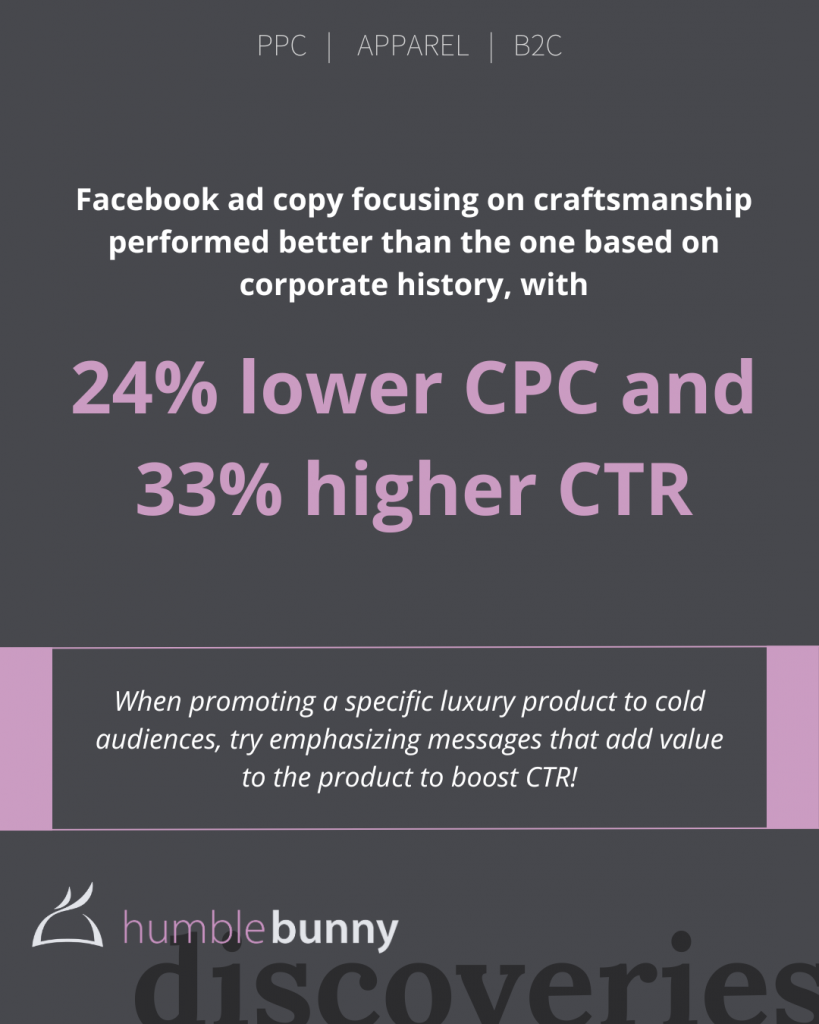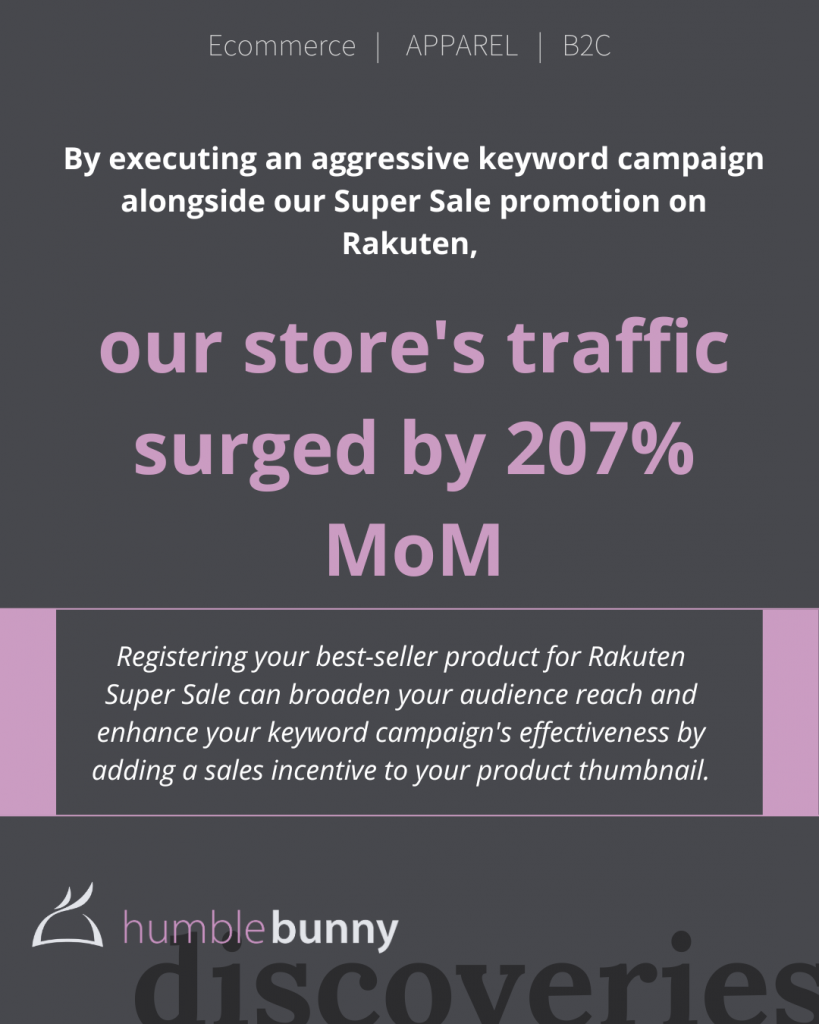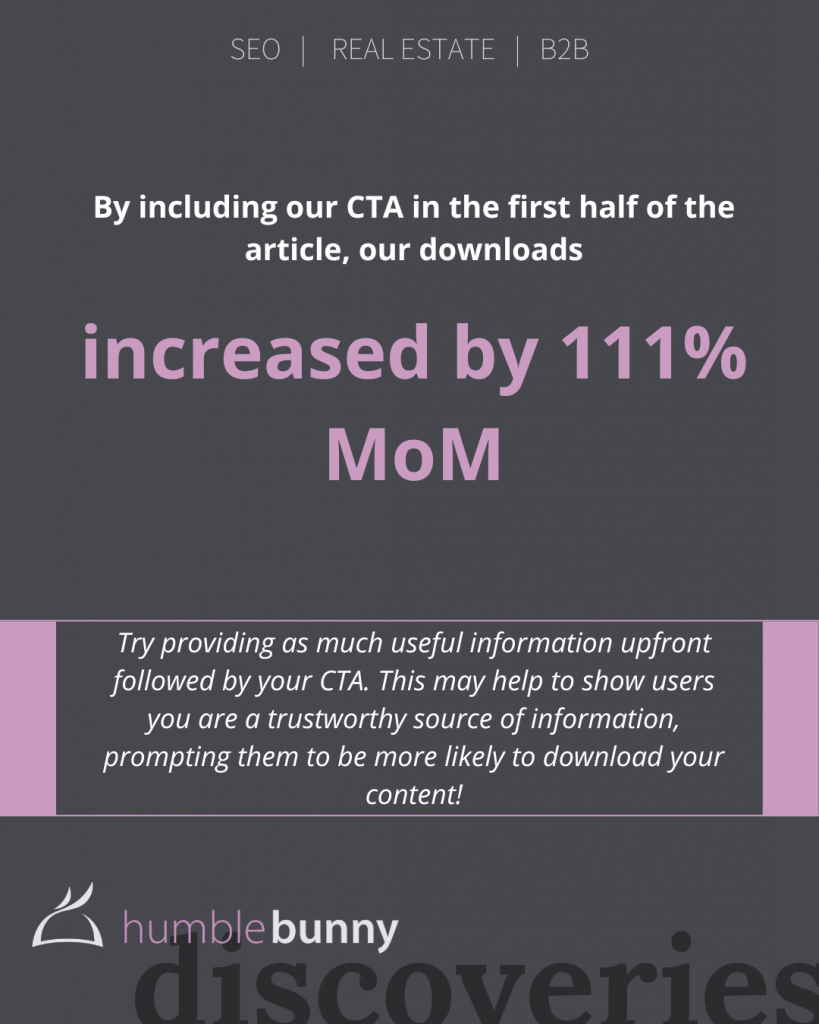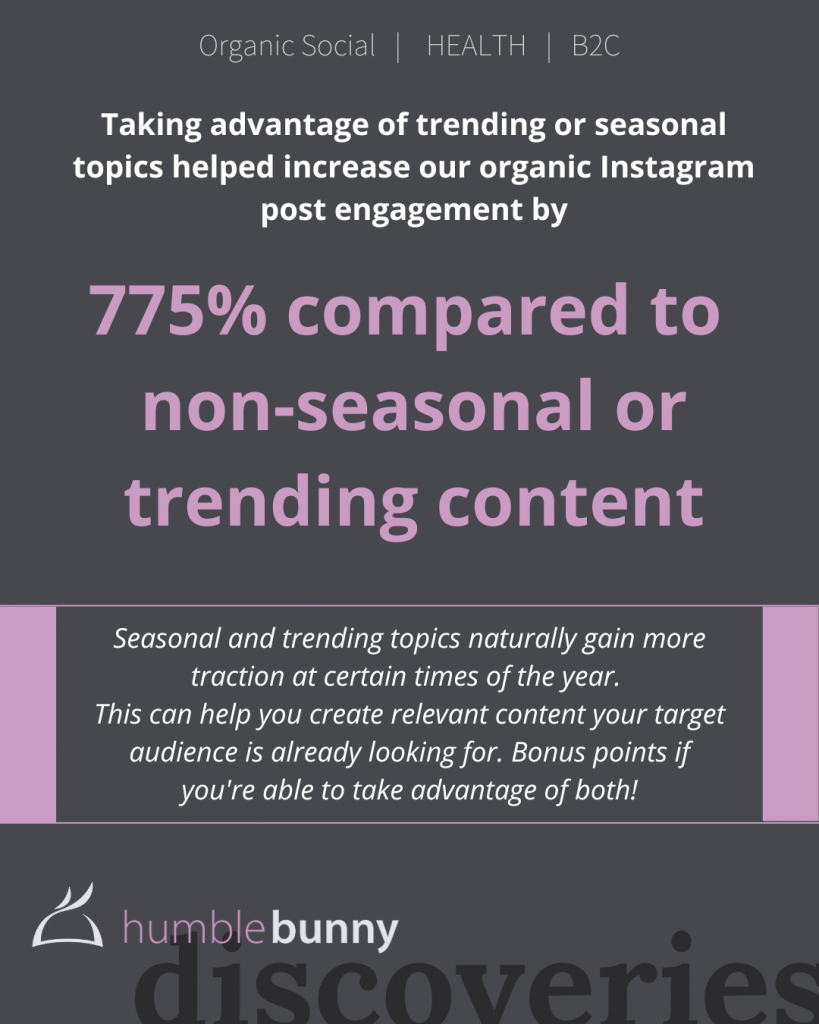Last Updated: March 29, 2024
Japan’s digital economy and aptitude for technological innovation have had a dramatic impact on its society. Even beyond its borders, developments in electronics and digital content have been incredibly influential.
Yet, the extent to which Japan adopts global digital trends is often unpredictable. And although growth in digital marketing expenditures has been universal across most developed countries, gradually outpacing traditional forms of advertising (TV, Radio, Print), Japan has only recently moved away from its dependence on these mediums.
Entrenched dynamics between large Japanese companfies and the advertising and media sector may be responsible for this, as well as the impressive resilience of Japan’s language and culture to outside influence — often slowing down the country’s adoption of international trends.
Nevertheless, increasingly fragmented and demanding audiences have prompted a greater readiness for digital advertising and the role it can play in Japan.. We’re now seeing businesses and brands across all sectors embrace digital marketing strategies with more fervour than ever before.
With this in mind, we explore what foreign brands need to know about digital advertising in Japan and how you can reach (and convert) audiences in one of the most unique markets in the world.
What’s Advertising and Marketing Like in Japan?

Japanese consumers lead the world in distrust of organizations (next to only Russia and the UK), yet feel positively towards advertising. Unlike many countries where advertising is tolerated at best, or seen as a necessary evil, Japanese consumers are the most likely to express positive or neutral feelings towards it. They are also more inclined to find marketing entertaining and agree that it helps consumers find better deals.
Another interesting quirk is how elements of cuteness, silliness, and detachment from reality are everyday themes in Japanese brand marketing and advertising — even for the most commonplace or corporate of brands.
While the nation isn’t alone in developing a unique commercial and digital content economy, brands and digital marketers used to working in the West must take stock of these differences when planning their strategies.
The Japanese ‘Soft Sell’
Japanese advertising and marketing is described as favouring ‘soft-sell’ tactics. This relies on a largely visual marketing style that uses impactful graphics, narratives, cartoons, theme tunes, and more to establish a connection with its audience. Simple animated stories or nursery rhyme-style jingles can often be completely detached from the actual products being sold.
This is in contrast to a more ‘hard sell’ Western approach that uses quite obvious product-related messages aiming to persuade, or even manipulate, someone into buying a product. For the end-user, this can feel more irritable and forceful — probably why people in Western countries have less patience for advertising.
The main takeaway is that using soft sell in Japan is a much more effective and respectful way to encourage customers to develop positive emotions for your brand and start to trust you.
This doesn’t mean Japanese brand communications and advertising is lacking in product information, which is evidenced by the sheer amount of detail available on traditional Japanese websites and ecommerce platforms, compared to the more minimal designs we’re familiar with in the West.
It just means that product information is presented in a more accurate, systematic, and factual way. An approach that avoids claims of any single product being able to infinitely improve someone’s life, and instead focusing on transparently laying out raw components of the product (materials, technology, basic features).
HB Pro Tip: The perceived quality of your product relies less on persuading people that it is better than others. The science and functionality can largely speak for itself (without insulting the intelligence of customers), while your advertising efforts, especially brand awareness campaigns, should be more focused on building trust and striking an initial emotional connection with your audience. Relying on ‘hard-sell’ tactics is a quick way for your brand to appear out of place or culturally unaware in Japan.
The Growth of Digital Advertising

Digital advertising budgets have grown rapidly over the last decade with many companies now recognising its benefits. Today, ad spending in the Digital Advertising market is projected to increase from US$15,875m in 2020 to $18,740m by 2025, according to Statista.
Traditional Barriers
The biggest barriers towards adopting digital marketing strategies exist in large Japanese corporations who have long relied on traditional advertising processes to achieve their goals.The Japanese corporate world also has incredibly strong cultural tendencies that are often slow to evolve. Other potential barriers include:
- Company departments and organizational processes are optimized for conventional marketing, and transforming them on a large-scale is costly.
- Important marketing strategies and budget decisions are typically made by older employees with limited experience of digital devices or platforms.
- The digital world is always changing and it can be difficult to keep up with these developments.
- A smaller pool of homegrown digital marketing talent in Japan makes it harder to execute strategies effectively.
HB Pro Tip: You might notice that most of these barriers probably don’t exist for your foreign brand entering Japan. Take the opportunity to beat competitors by dominating digital spaces before they can.
What’s Changing?
The internet accounted for more than 30 per cent of advertising expenditures in Japan in 2019, making it the leading medium for advertisements. But online ads have only recently overtaken television for the first time in history after several years of growth.
Brands now understand that digital marketing tactics that leverage the massive popularity of social media platforms and the universal usage of the internet is one of the best ways to reach diverse communities and build relationships with new audiences.
Many companies, and the agencies that serve them, are now more digitally equipped and increasingly focused on driving traffic through digital channels. Large corporates are starting to transform their relationships with long-term advertising partners and are looking to restructure their approach to handle the changing demands of our times.
Also, new marketing technologies and software now make it easier for us to report on the success of digital activities, with tangible goals being achieved through tracking and data analytics. This makes it far easier for brands to justify their increased spend.
5. Major Digital Marketing Trends

1. Great Personalization
Personalized content that takes into consideration the sometimes underestimated level of diversity in Japanese society not only outperforms generic advertising, but also contributes to an overall better customer experience.
2. More Video
Video marketing was the 3rd most popular weekly online smartphone activity in 2018. And video-based platforms like Youtube (Japan’s second most popular platform) and TikTok are incredibly important channels here.
3. Mobile-first Digital Marketing
Mobile video ad revenue in Japan is expected to grow to $885m in 2021 (up from $199m in 2015) with a large focus on video marketing.
4. Influencer Marketing
Celebrity personalities and influencers are a cornerstone of many strategies for digital marketing in Japan. Individuals tend to have a less substantial following than influencers in other developed nations, but this doesn’t mean the impact they have on their audiences is something to be overlooked.
5. Multi-channel Marketing
Almost all successful brands in Japan run integrated strategies on several digital channels simultaneously, with an understanding that consumers use multiple channels during their shopping journey.
Reaching Customers – Overcoming Trust Issues in Japan

It’s not just language that plays a role in how we effectively communicate with consumers in different locations. Cultural preferences and purchasing habits also matter. Consumer insights help to bridge the cultural divide and can help you develop better and more effective campaigns.
For instance, one of the things that sets the Japanese consumer mindset apart from neighbours like China, is its large distrust of organisations. In Edeleman’s Trust Barometer, Japan takes third place behind only Russia and the UK in the list of countries who have the most distrust for institutions.
Why does this matter? It matters because when trust in institutions is low, consumers will look to their peers for knowledge and guidance when deciding what to buy. Reviews, testimonials, word of mouth recommendations, and anything more user-centric become extremely vital to the customer journey. A few things that can help you build trust are:
- Good ratings and customer reviews
- Products and services that are priced fairly
- Avoidance of vague or confusing product descriptions
- Respectful language used throughout all brand communications
- A commitment to ongoing care and service
- Consistent delivery of high standards for products and services
HB Pro Tip: The Japanese are also incredibly selective about the brands they like and are less likely, on the whole, to buy based on price considerations alone. Unless you find a way to present yourself in the right way, you’ll easily be overlooked by many shoppers who will choose to shop from familiar domestic brands they already trust.
Want More Insights About Japanese Shoppers?
Popular Digital Channels and Strategies in Japan

Paid media, owned media, and earned media all have their role to play in digital marketing in Japan. Taking the time to learn about each one and how to create the perfect mix for your overall digital marketing strategy will help you to ensure your message gets delivered to your audience in the best way possible.
Owned Media
Owned media describes content that you directly control. This generally includes websites, blogs, and social media profiles, but also encompasses a number of content marketing activities like email newsletters and white papers.
| Your website | Your Japanese website is the first step in building a trustworthy and engaging presence in your new market. It lets you establish a unique “voice” for your brand and positions your products and services in a way that tells people you’re here to stay. It is a multi-functional tool and central hub for all your digital marketing activities in Japan. |
| Content marketing | Content marketing includes several different activities and tactics used to offer your audience value, in the hope of enticing them into getting to know your brand better. This includes videos, infographics, and blogs on your site, as well as any newsletters or white paper lead magnets you publish with the hope of attracting new users. |
| Social media | Most brands will have their own social channels where they control all the content that goes live. Assuming you are able to grow a substantial audience of followers, this is an opportunity to build stronger relationships with customers who are already interested in your brand. |
| Email marketing | Owning a vetted list of email contacts, either from subscriptions or past customers, is a great way to deliver messages to your audience. It can be used with a combination of different media options, such as infographics or video to deliver tailored content straight to the inbox of qualified leads. |
HB Pro Tip: Great paid and earned media strategies will fail if your website isn’t fully optimized for Japan. It is a vital part of your online matrix and should leave no doubt in your customers’ minds that you’re not a 100% reliable brand with products and services tailored to the Japanese market.
Does Content Marketing Actually Work in Japan? Find Out Here
Paid Media

Paid media refers to your external marketing efforts involving some kind of paid placement. This includes PPC advertising on various Japanese SNS platforms, branded content, and display ads.
| Search engine marketing (SEM) & PPC | As well as ranking organically, most search engines like Google and Yahoo! Japan have paid ad options that let you get featured more prominently in search results (SERPs). Broadly, this process works anywhere with user search functionality, including ecommerce platforms where you may be able to be featured as a sponsored result. |
| Social media | Social media ads will generally appear in a user’s “feed” or “timeline”, but as social platforms develop, so too do advertising options. Facebook is still one of the most commonly used PPC platforms in the world with many Japanese brands using its sophisticated targeting tools to deliver ads to potential customers. |
| Ad networks / affiliate marketing | Affiliate marketing options and paying for placements on related websites are popular in Japan, with expenditure predicted to reach more than 465 billion JPY by 2023, up from 288 billion JPY in fiscal year 2018. There are a number of ad networks that specialise in this strategy, leveraging all types of ad formats such as banner ads. |
HB Pro Tip: New ad tech and programmatic advertising have made it easier to run paid media campaigns that leverage affiliate platforms in Japan. These can be used to build a huge network of locations where your ads are shown. But while this can be highly efficient when launching large scale campaigns, there can be significant a lack of human control here that can only be achieved with diligent PPC management that caters to specific platforms and audiences.
Earned Media
Earned media is any piece of unpaid publicity about your business. It is content that is produced by you but published externally to your own marketing channels. There is no direct cost of earned media, but brands can choose to work with PR companies or partners to spread awareness about their content, overlapping into paid media territory.
| Media publicity / digital PR | You can earn media by getting press mentions and positive reviews of your content. For example, if you launch an insightful report about your industry, you may well get picked up by a news platform for your sector. This relies on having share-worthy content that existing media outlets will want to cover. |
| SEO | Good online content is rewarded with better rankings on search engines like Google. As well as this, targeted content that addresses the questions and needs of your customers may receive featured snippets, increasing your chances of being noticed by the right people. Again, great content is needed here to show to platforms like Google that it should send traffic your way. |
| Social media | As Japanese consumers are incredibly in tune with the opinions of peers, a brand mention from someone they know or a repost of your content from a friend carries huge value. . |
HB Pro Tip: There is a tendency towards unbiased, fact-based reporting in Japan, with less opinion-based advertorial-style pieces featured in magazines or online publications. This means that it is much harder to get PR coverage here than it is in other markets. Access to digital PR tools and help from specialised agencies can help, but brands need to actually invest in creating something actually “newsworthy” if they want to be picked up by journalists and website editors.
Mixing it Up
Paid media, owned media, and earned media each have their own role to play in digital marketing in Japan. If you have an owned piece of content on your website, you can extend its reach through earned or paid media.
To amplify the number of leads your content generates, you can choose to distribute it through paid channels, or reach out to relevant publications for coverage. If your content is succinct and shareable, you can also encourage your social media followers to share it on their own channels.
To secure decent returns, holistic digital marketing strategies that focus on multiple touchpoints are the most effective, combining efforts on multiple channels. For instance, the best way to apply SEO is through engaging, unique, original, and informative content, which you can then pay to amplify through targeted Facebook PPC ads.
All this starts with establishing a consistent brand and creating content that people will genuinely enjoy in Japan. And to do this, you must have the resources and commitment to creating content that is engaging, unique, original, and informative in ways your new audience will appreciate.
Explore Our Services for Japanese SEO and PPC!
Choosing the Right Japanese SNS Platform

LINE is by far the most used platform in Japan and enjoys a penetration rate of close to 89 per cent among women.
Meanwhile, the online video application TikTok has a penetration rate of almost 48 per cent among people aged 13 to 19 years old. While it’s overall size can’t match Facebook, if you’re exclusively targeting Gen Z consumers, it could be the best place to focus your digital marketing efforts.
Planning a Localized Digital Marketing Campaign for Japan

Some companies choose to standardize their digital marketing approach across different geographic locations and markets. And while large brands like Coke or Nike can get away with this, it’s somewhat harder for smaller, less known foreign brands to simply transfer their marketing approach to Japan.
We advise using a more adaptive approach that acknowledges the way different cultures process information and meaning. An non-localized approach can lead to a number of negative consequences, including misinterpretation, lack of impact, and offense, in the worst cases. Getting marketing right in Japan requires a 100% localized approach.
When we helped luxury consumer goods brand increase their Google Search Ads CTR by over 176.53% in the first five months, we did so by creating new product descriptions and images that were aimed at providing more detail about features and benefits for Japanese customers.
This helped us overcome the high uncertainty avoidance in Japanese consumer culture, and if we would have simply translated the original product description into Japanese, our results wouldn’t have been possible.
Building a Website Japanese People Will Actually Like
With your website being a pivotal part of your digital marketing strategy, building something that Japanese people will actually enjoy is crucial. Some criticise Japanese web design for featuring too much information squeezed into a small space, yet, Japanese people tend to want more information upfront when making a purchasing decision. Some even say they are naturally better at processing large volumes of technical data.
When designing your website for Japan, remember to always keep the end-user in mind and try to suspend your preconceptions about what “good” and “bad” web design looks like. Most of your beliefs won’t be wrong, but they’ll be established on your experience with Western websites and consumers in a completely different part of the world. Some major differences include:
- Greater amounts of text and detailed information upfront
- Less white space on the page
- Content aims to inform the purchasing decision through accurate and factual information
- Multiple scripts are text orientations are sometimes used (vertical and horizontal text lines)
- Smaller and more frequent graphics are common rather than fewer larger images
- Data, testimonials, and statistics are given more priority on landing pages to build trust with the user
- Several contrasting colors and design elements are often used within small spaces
Learn What It Takes to Build a Great Japanese Website
What Kind of Digital Marketing Agencies are There in Japan?

Japanese advertising agencies have traditionally specialized in traditional advertising and direct marketing. However, many now offer a collection of digital-first resources and services to their clients.
The overall pool of talent is somewhat smaller in Japan where professionals have less experience in certain areas of digital marketing, but this is changing gradually. A number of agencies have now emerged that specialise in areas such as SEO, influencer marketing, web design, graphic design, and content marketing.
When searching for local support, the most important thing is finding someone who understands your goals and has the resources to localize your content and approach for the Japanese market. Beyond this, it’s useful to have a team who can think on their feet and overcome Japan’s sometimes rigid processes and structures to seek out new opportunities in the rapidly changing world of social media and ad technology.
Get it Right: Expert-Backed Information on Digital Marketing in Japan
Nate Hoernig, Founder and CEO of Humble Bunny has helped countless businesses enter the Japanese market and succeed locally. Here’s what he says about opportunities and priorities when considering digital marketing and entering the Japanese market:
- Our recent survey of Japanese marketers revealed that many of them are seeing domestic performance with equal if not better results than their global ventures. However, interviews with global businesses paint a different picture – they’re facing challenges in Japan compared to their international success. This disconnect highlights a significant gap in understanding between local and international markets. By embracing a tailored localization approach and bridging this gap, brands can unlock significant opportunities to become more competitive in Japan.
- The top priority for starting your business and marketing in Japan is to get going. In all business, getting started is important. However, success hinges on adopting an iterative and reflective approach with an ever-adapting mindset. Your localization strategy and core offering will need continuous refinement to truly resonate with the market. This necessitates a research-oriented mindset fueled by curiosity right from the start.
Connect with Nate on LinkedIn where he frequently shares his digital marketing learnings!
Takeaways
- Focus less on persuading customers that your product is better than others. Instead, concentrate on presenting the facts accurately and look to use ‘soft’-sell’ tactics to build an emotional connection with your audience and build trust.
- Always consider the way you appear through the eyes of Japanese consumers. Unless you find a way to present yourself in the right way, most shoppers will choose to buy from domestic brands they already trust.
Paid and earned media strategies will fail if your website isn’t optimized for the Japanese user. Aim to remove any doubt in your customers’ minds that you’re not a 100% reliable brand with products and services tailored to the Japanese market. - Don’t underestimate the role that local marketing partners who are experienced in reaching and converting Japanese users can have, when compared with large-scale programmatic advertising that sometimes misses key opportunities to really strike a connection with your new Japanese audience.
Steal Our Best Ideas
Actionable insights straight from our data
Here are a couple quick discoveries we’ve pulled from the data of our latest projects. Why? To help you make the changes you need to gain traction in the Japanese market! As an agency, we are always digging deeper and searching for those little yet significant tweaks that will push our clients to the next level of success. If you need a partner to help you identify and implement changes like these on a monthly basis, let us know!




About the Authors & Voices in this Article
Jim KerseyLead Writer |
 |
Paolo RagoneEditor, Contributor |
 |